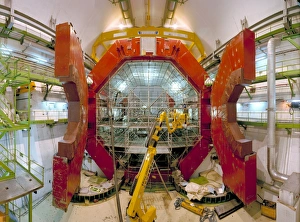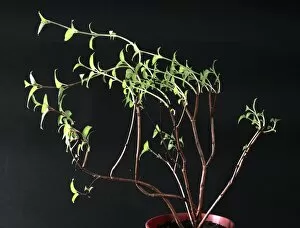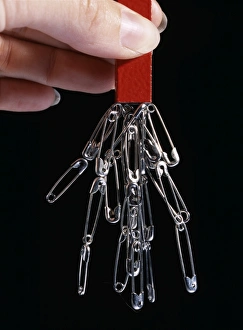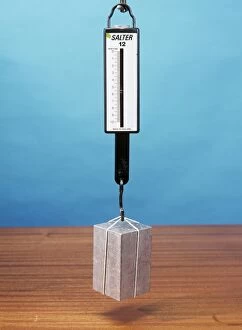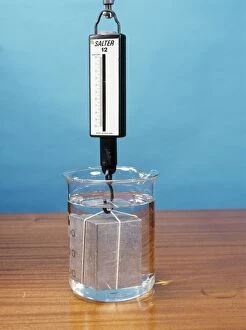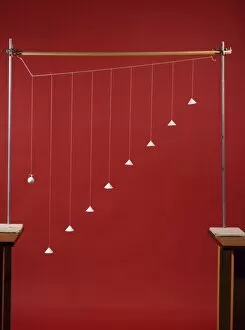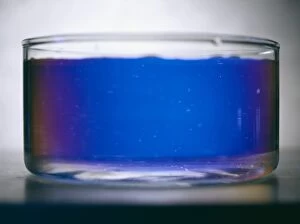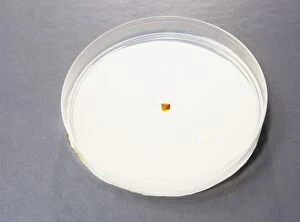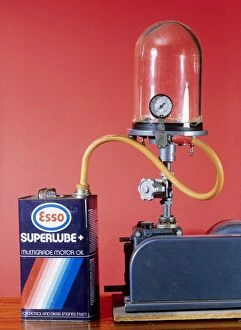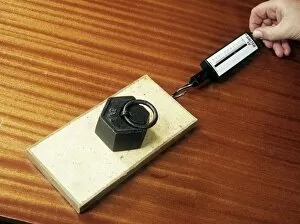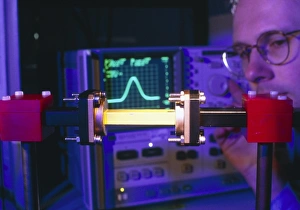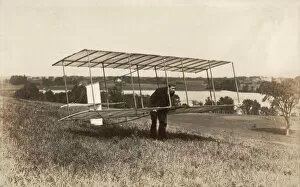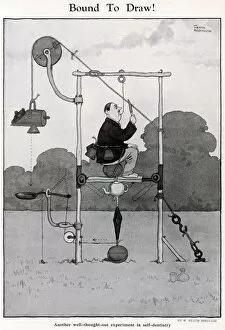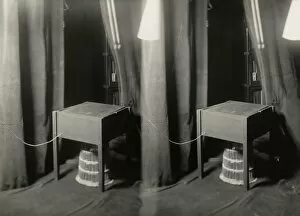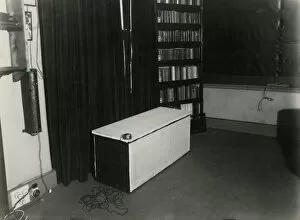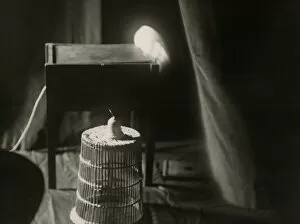Experiment Collection (page 49)
"Unleashing the Power of Curiosity: A Journey through Experiments" Embarking on a voyage of discovery
All Professionally Made to Order for Quick Shipping
"Unleashing the Power of Curiosity: A Journey through Experiments" Embarking on a voyage of discovery, Joseph Wright's "The Orrery" sets the stage for our exploration into the realm of experiments. From proton collisions in 1797 to the monumental Higgs boson event captured by ATLAS detector C013 / 6892, we delve deep into the mysteries of particle physics. In William Heath Robinson's "Bound to Draw, " innovation takes center stage as ingenious contraptions push boundaries and challenge conventional wisdom. The Airpump by Joseph Wright showcases scientific curiosity at its peak, revealing humanity's relentless pursuit of knowledge. Fast forward to 1955 when the new R. A. F. Centrifuge revolutionized aviation research, propelling us closer to understanding human limits in extreme conditions. Meanwhile, the mass spectrometer in 1954 opened doors to unraveling elemental secrets hidden within matter. Witnessing Wilbur and Orville Wright with Flyer II at Huffman Prairie reminds us that every experiment starts with a dream and determination. Their groundbreaking achievements paved the way for modern aviation as we know it today. From magnetic repulsion experiments sparking intrigue to captivating artwork depicting particle physics wonders, each endeavor fuels our insatiable thirst for answers. Lead ion collisions propel us further into uncharted territories while bolts of electricity discharge in Nikola Tesla's lab electrify our imaginations, and are not merely confined within laboratory walls; they transcend boundaries and ignite sparks of ingenuity across time and space. They embody humanity's unwavering quest for understanding nature’s deepest secrets – an eternal dance between curiosity and knowledge-seeking. So let us embrace these glimpses into experimentation – windows into worlds unknown – where scientists dare to ask questions that shape our collective future. For it is through these bold endeavors that we unlock new frontiers, forever pushing beyond what was once deemed impossible.




